MCU: ESP32-C3FH4
Datasheet: https://www.espressif.com/sites/default/files/documentation/esp32-c3_datasheet_en.pdf
NFC IC: ST25DV16K
Datasheet: https://cdn-learn.adafruit.com/assets/assets/000/093/906/original/st25dv04k.pdf?1596828496
Board thickness: 0.062" (1.6mm)
Layer count: 4
NFC Coil turn count: 10
Pinout:
Left button: GPIO9 (Boot button)
Center button: GPIO8
Right button: GPIO3
SDA: GPIO18
SDL: GPIO19
NFC_INT: GPIO1
Google Gemini helped provide a brief description of NDEF for me:
The Near Field Communication (NFC) Data Exchange Format (NDEF) serves as the foundation for communication between NFC-enabled devices. It defines a standardized structure for encoding data onto NFC tags and facilitates the exchange of information during close-range interactions (typically a few centimeters). NDEF messages function similarly to data packets, encapsulating one or more records that specify the type and content of the information being transmitted.
Each NDEF record comprises two key components: a header and a payload. The header offers crucial metadata about the record, including its type (text, URI, etc.), length, and optional identification details. The payload itself contains the actual data being transmitted, which can range from simple text strings to more complex formats like URLs or contact information. By adhering to the NDEF structure, NFC devices can interpret the data correctly and perform the intended actions, such as launching a web page upon tag interaction.
 0x0630ff
0x0630ff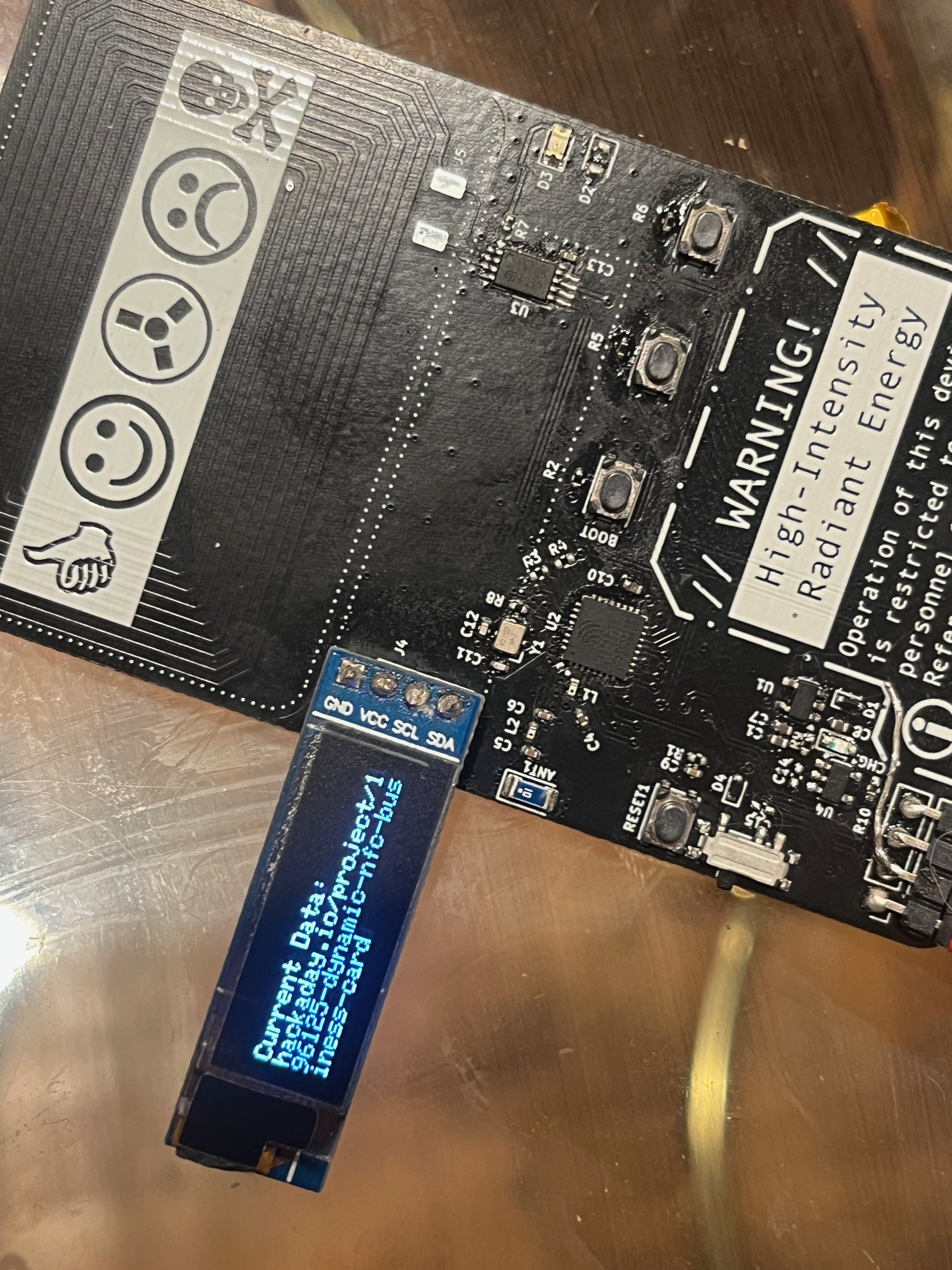 I added some jumper wires to get the display spun the right way. Looks alright enough to keep going with rev1 of this project. Adds a lot to the thickness unfortunately. In the end, this will be soldered in place as flat as possible. It looks much nicer top down where you cannot tell how tall the display sits.
I added some jumper wires to get the display spun the right way. Looks alright enough to keep going with rev1 of this project. Adds a lot to the thickness unfortunately. In the end, this will be soldered in place as flat as possible. It looks much nicer top down where you cannot tell how tall the display sits. 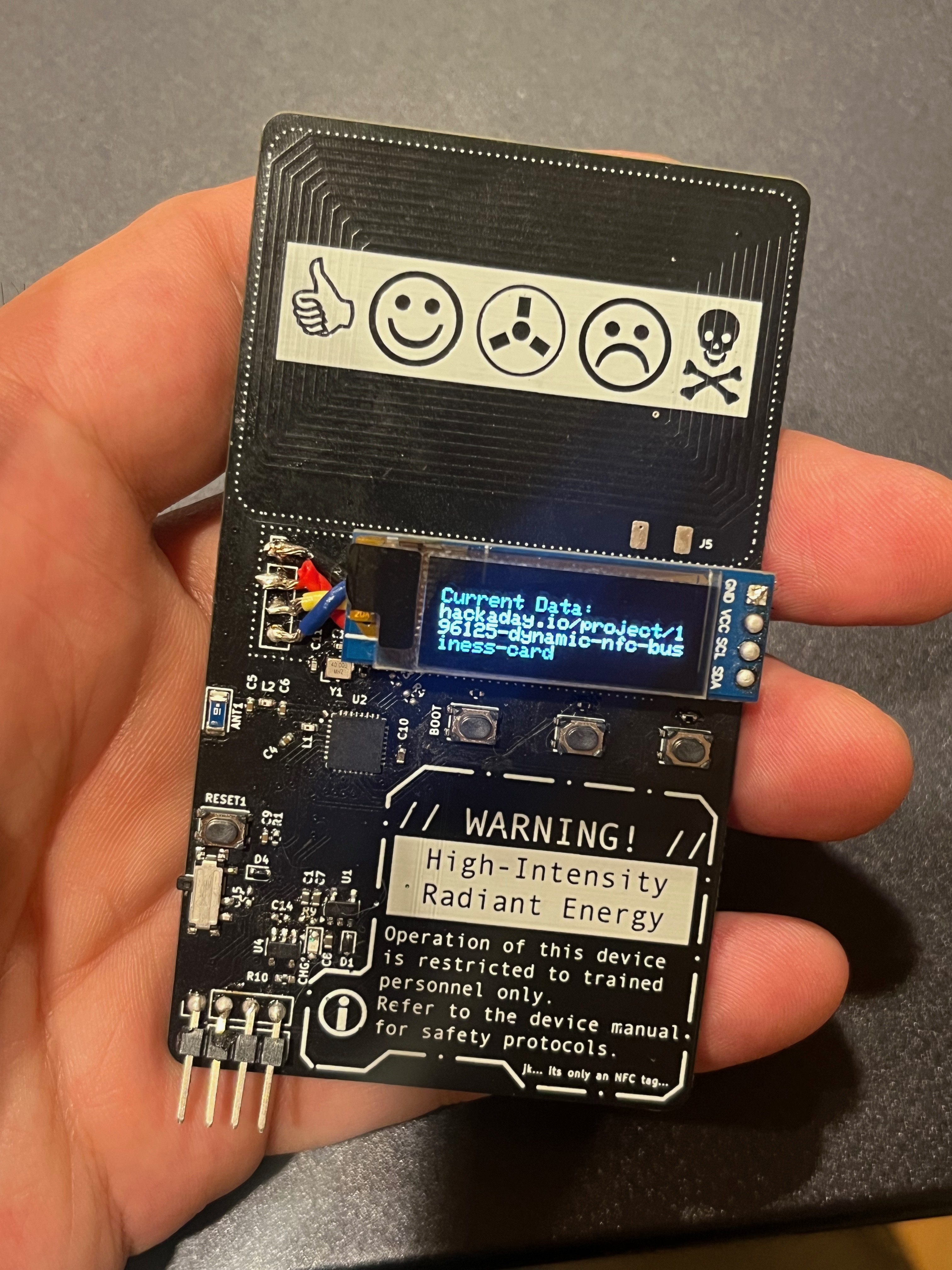
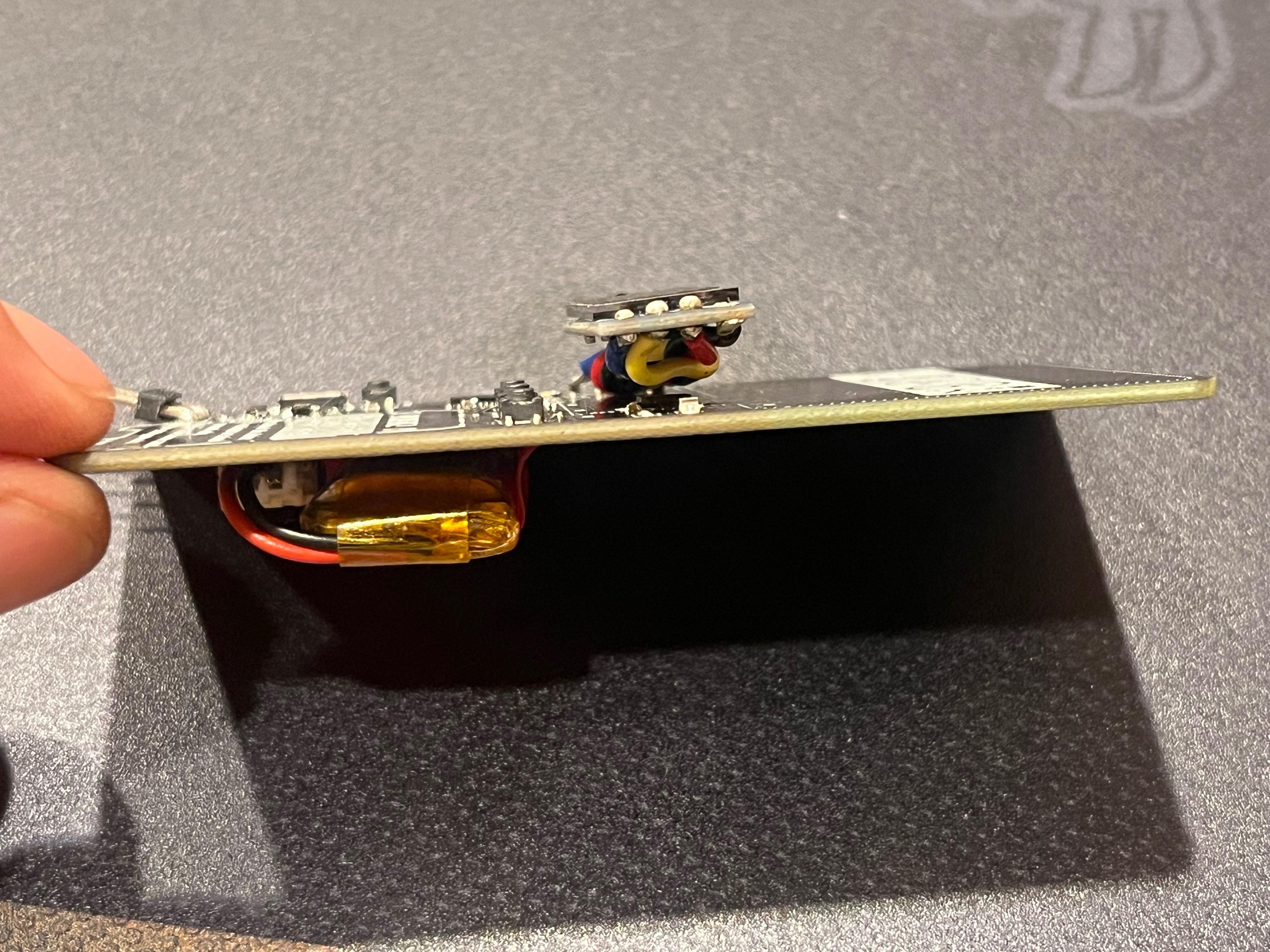
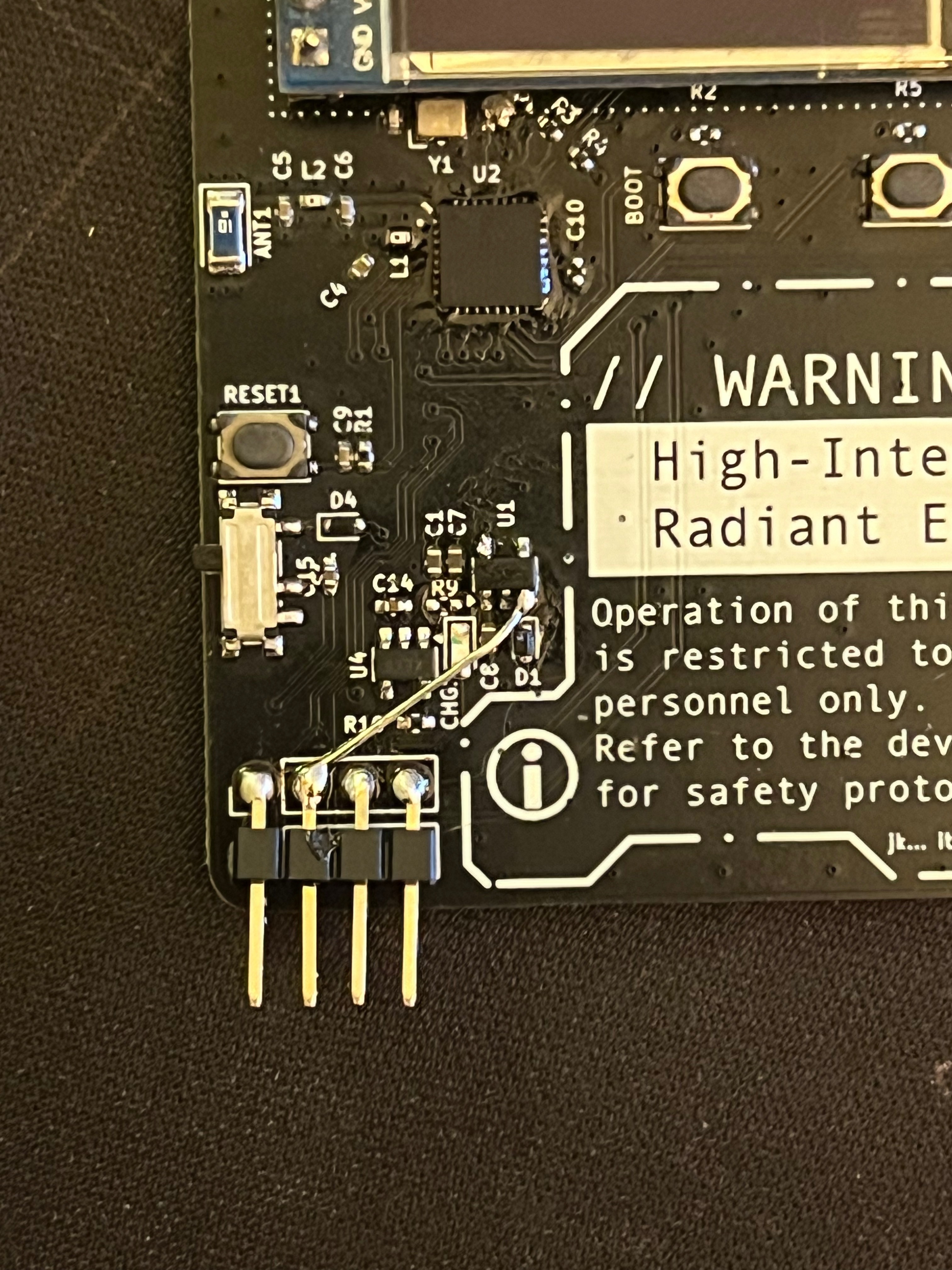
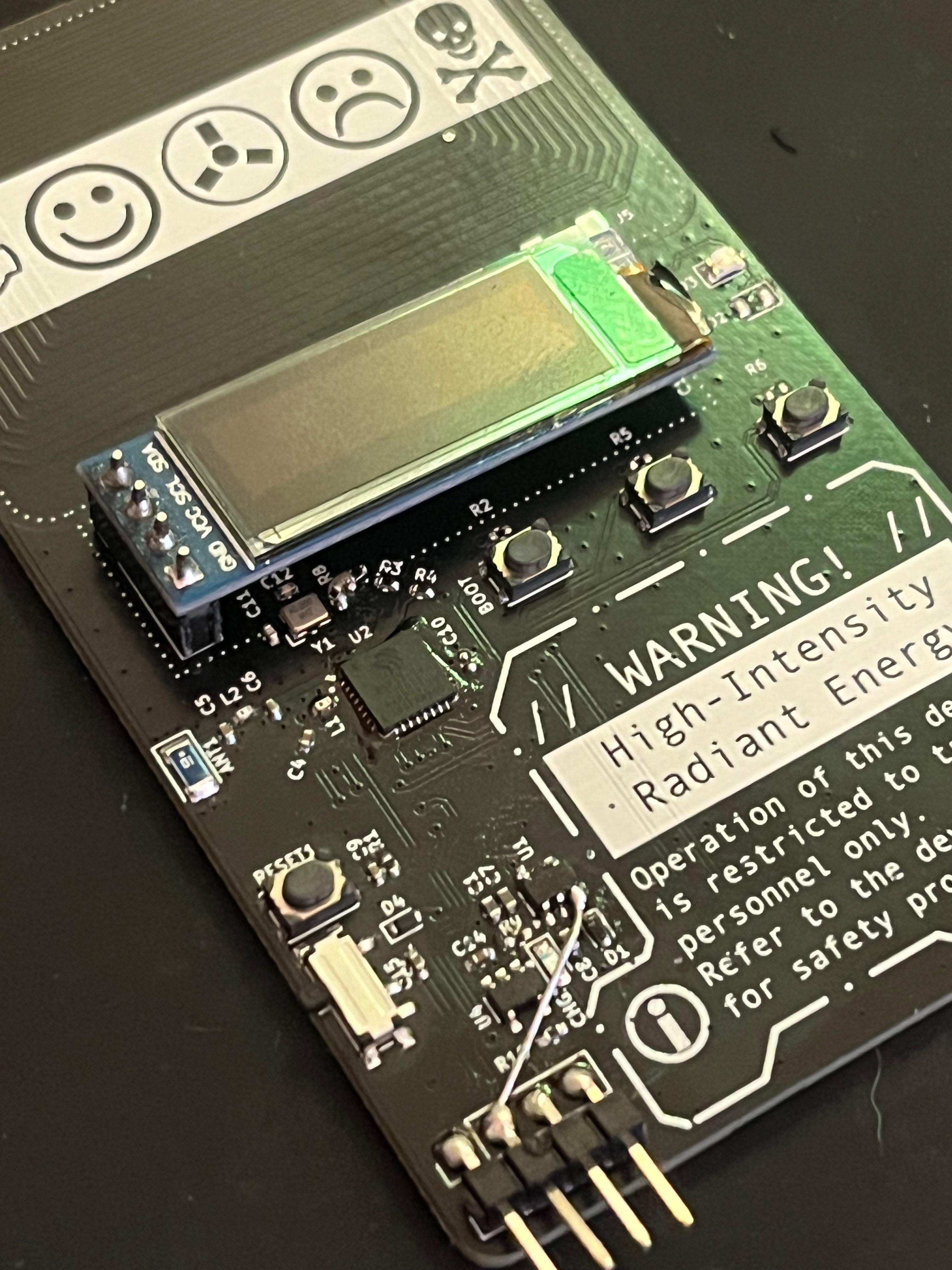
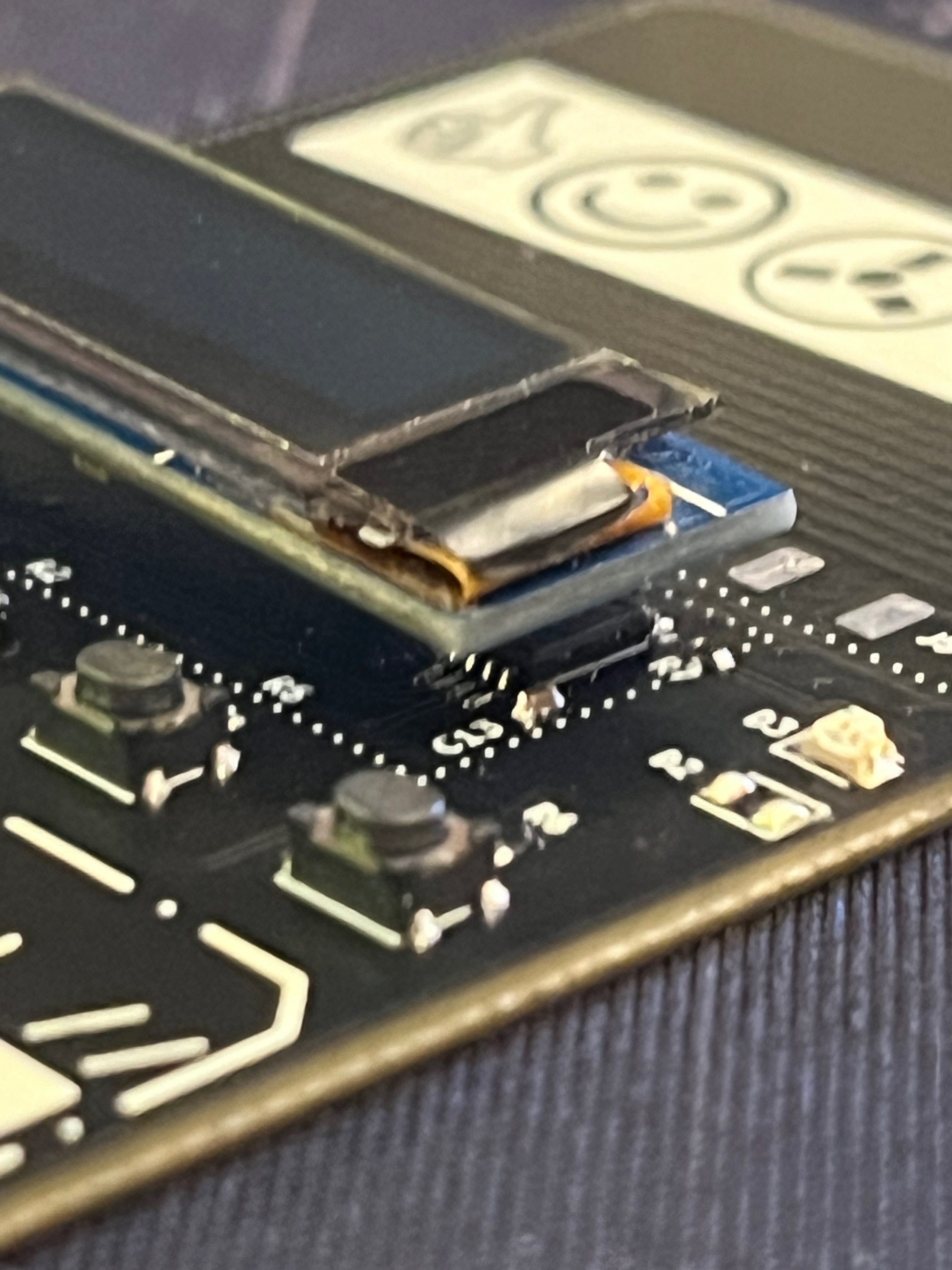


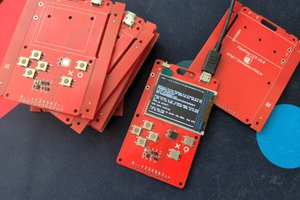
 deʃhipu
deʃhipu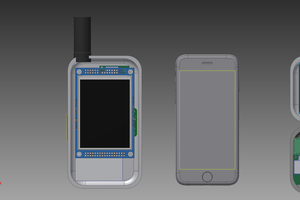
 John Grant
John Grant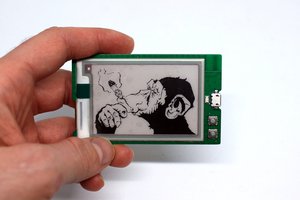
 Dimitar
Dimitar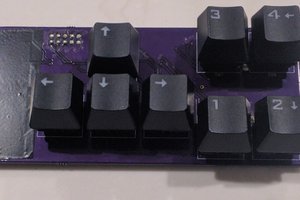
 Kyle Thomas
Kyle Thomas
what's the range of the NFC antenna? can you share a video of a phone getting close to it